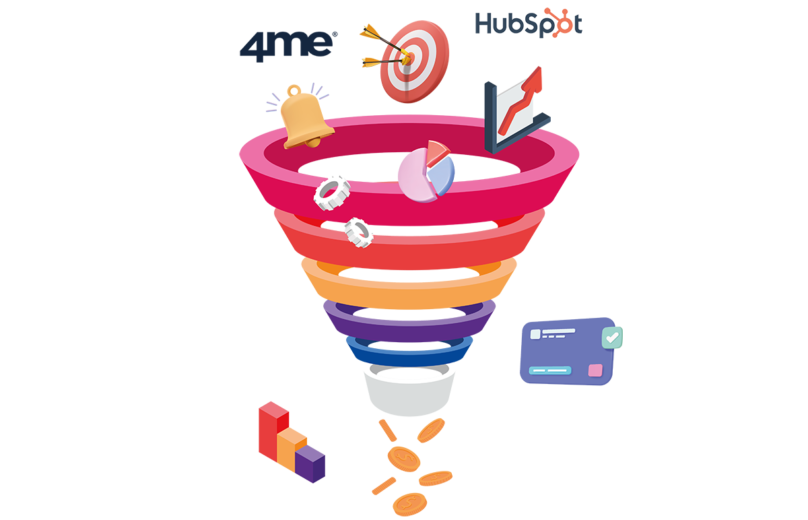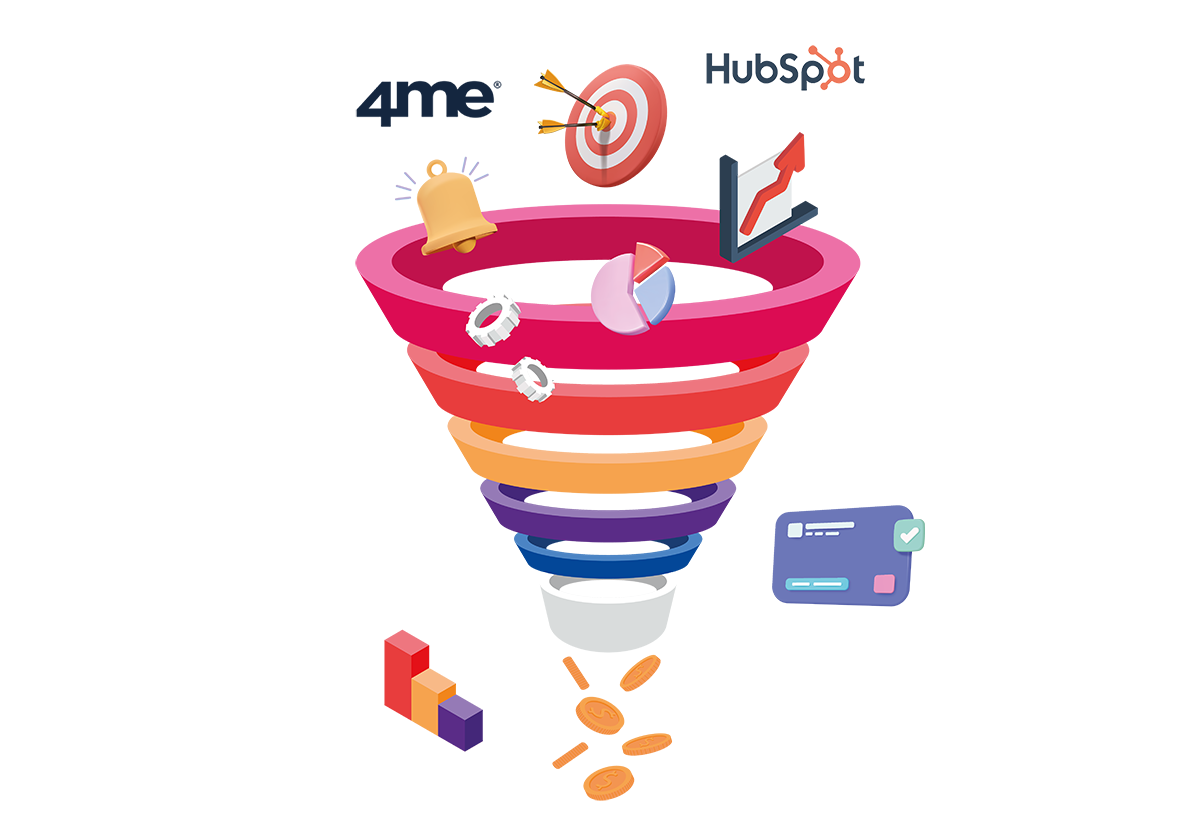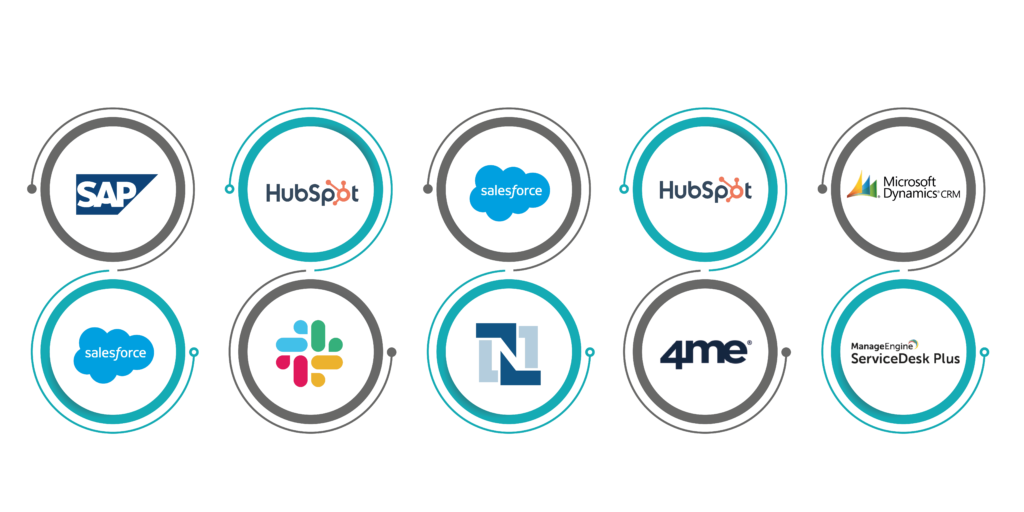
Digital marketing automation involves automating repetitive marketing tasks so that more time can be dedicated to research and imaginative concept presentation. Utilising many automation technologies on the market is possible. You only need to determine which area of your company can be automated and which solutions are suitable for the quantity of labour involved. In marketing automation, the software is utilised to automate time consuming marketing operations. To increase productivity and give clients a more individualised experience, marketing teams may automate routine processes like email marketing, social network posting, and even ad campaigns. These duties can be completed more quickly and easily thanks to the technology underpinning marketing automation.

Successful marketing automation techniques prioritise the needs of the client and lessen any friction that prospects may experience across the sales funnel. So, as a brand, you should be ready for various forms of automation at various points in the customer experience. This guide aims to talk about automating marketing and show how to reap the rewards of marketing automation.
Benefits of Automation in Marketing
The benefits of marketing automation go beyond what they can achieve for your company. Addressing typical problem areas that have emerged in the digital-first, multichannel world, also benefits your consumers.
1. Present more related content
You may customise what each consumer sees with marketing automation. Use your buyer personas and behavioural targeting to provide just the information each prospect or client needs in your advertising and email marketing campaigns. Customers are pressed for time, therefore automation helps by highlighting the most important material at the appropriate moment by utilising the data you’re currently gathering thanks to advanced analytics that meet the power of AI.
2. Give quicker and better responses
Businesses may manage leads and prioritise activities with the use of marketing automation, ensuring that inquiries are promptly addressed. Additionally, front-line staff members are enabled to offer more pertinent assistance without having to do preliminary research thanks to behavioural data saved in your CRM. Recognise the previous actions of your customers and set up responses based on previous transactions, in-product behaviours, or lifetime value.
3. Provide multichannel, seamless interactions
Nobody enjoys speaking the same thing again and over. Customers appreciate marketing automation for these reasons. Data is acquired, kept, and utilised in your marketing software to provide your customers with a personalised experience, such as pre-filled forms, targeted emails that meet their needs, and customer assistance that looks as familiar as the shop down the street. No matter how a consumer contacts you, automation ensures a consistent experience.
How Automation Improves Marketing Processes
Let’s examine some marketing automation use cases together:
1. Lower cart abandonment
Cart abandonment is among the most annoying features of internet commerce. Across all industries, the average cart abandonment rate is 69.57 per cent. It indicates that seven out of ten customers will cancel their order.

The desertion rate is significantly higher on mobile devices, coming up at 85.6 per cent. Every business should think about addressing it since failing to take advantage of these leads might result in a large loss of potential income.
2. Incentives for repeat purchases
A recent development is the use of technology and marketing strategies for client retention rather than acquisition. Building up content, email, & social media marketing routines is made easier by marketing automation tools. Here are some strategies towards success:
- Send regular newsletters or SMS notifications to your existing clients to stay in contact.
- Remind your customers of upcoming events and special deals that they might enjoy.
- Sending highly customised material will help you project a professional image in your inbox and elsewhere.
- Whenever you get the chance, get in touch with clients you haven’t spoken to in a long time and rekindle your relationship.
3. Cross and upselling: Recommendations
Getting to know your individual customers is critical for your brand. Many firms focus on customer retention but fail to capitalise on upselling opportunities. If you know your customers well, you will have a large pool of data about them that you can use to provide customised suggestions. You may determine what extra items would benefit your client by reviewing their prior purchasing history.
‘Thank you’ is by far the simplest customer service trigger
It may be triggered by a client choosing to renew his service agreement, obtaining a set of replacement parts, taking part in a customer survey, or simply – yes – by remaining a customer for a certain period of time, such as more than 24 months. Simple personalisations, such as utilising the dedicated account owner as a sender, the customer’s first name, the device they are using, or the location where they are, will work. It is obvious that this will not bring you a ton of new business, but it is unquestionably preferable to doing nothing. Whatever else, this will enable you to put into practice your values, mission, and strategy statements for customer care in a way that is apparent to each and every one of your customers.
For better results in your firm, automate the marketing process. Let’s have a look at some of the most popular integrations together:
- SAP – Salesforce
- HubSpot – Slack
- Salesforce – Netsuite
- HubSpot – 4me
- Microsoft Dynamics CRM – ServiceDesk Plus
CRM & Marketing Automation & Integrations, All in One Place
Autom Mate is an AI-powered RPA platform. Through a 100% web-based drag-and-drop design centre, routine chores may be automated without the need for technical expertise. By connecting several manufacturing applications, the Autom Mate Platform offers an overarching solution. Thanks to the marketplace’s selection of fully prepared bots, your process may be automated in a matter of minutes, and its status can be tracked.

By using automation, you may scale up very quickly and satisfy a target market that is always expanding. You may better understand your consumers, boost sales, and streamline company operations by integrating your sales and marketing strategies with those of other business divisions.
1. CRM Update
The majority of repetitive processes involved in managing your CRM may be automated by software robots, saving humans a significant amount of time. It can simultaneously execute an error check with other programs, such as ERP, which will assist to streamline data transfer between these programs and cut down on mistakes. Add all new clients, new business transactions, and associated sales to your database.
2. Sales Chatbot
With this automation, don’t forget to follow up on leads. Automate follow-up notifications as part of your conventional sales process or design your own customised procedure. Use the chatbot application to alert your team about a new transaction, a new contact being allocated, a new campaign, a new social media message, or a new demo request and to suggest an action.
3. Order Management
Make it simple for you to handle sales orders & close them as invoices by delivering the customer order to the system or connected accounting software. Regardless of what format your purchase orders are in, sales order automation tools can read them.
4. ERP Update
No matter the file extension or source, read the incoming data to ensure error-free data input into the ERP system. Your data will be in alignment with one another across all of the apps in this way. The HR system, CRM application, or another application’s data can be instantaneously sent to the ERP system.

 4 Marketing Automation Use Cases to Streamline Marketing Processes
4 Marketing Automation Use Cases to Streamline Marketing Processes